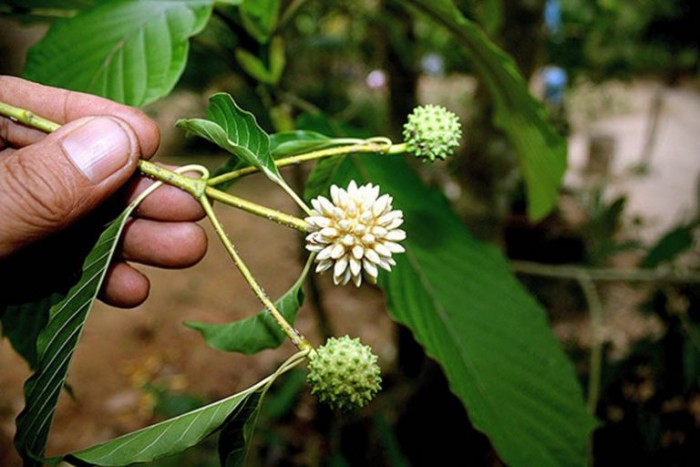The Journal of the American Osteopathic Association has just asserted that a delayed U.S. Drug Enforcement Administration ban on the kratom plant would stifle scientific understanding of the herb’s active chemical components and documented pharmacologic properties – if it goes through.
The special report cited the pharmacologically active compounds in kratom, including mitragynine, 7-hydroxymitragynine, paynantheine, speciogynine and 20 other substances as a reason to preserve rights to study it. Previously, only a couple of components were relatively known and, as it turns out, the government appears to have a keen interest in patents on them.
Additionally, the report stressed the vast amount of anecdotes and current research that demonstrates the herb to be a safe and non-addictive alternative to opioids which have proven to be disastrous and even deadly. There are now more people addicted to opioids than nicotine.
